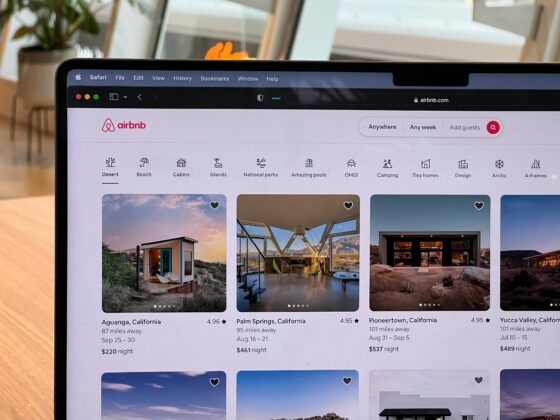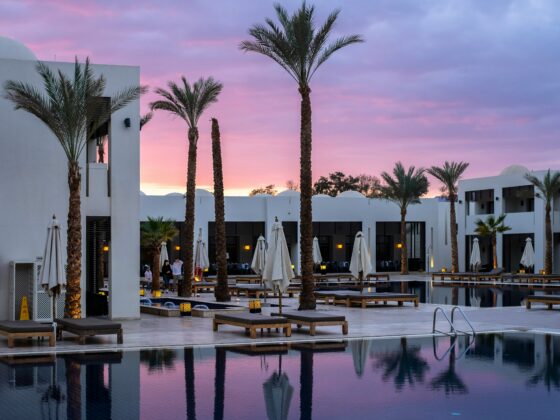
Price remains the most significant driver of consumer travel decision-making, but it’s worth looking deeper and asking, ‘What inspires my guests’ next visit?’ This question is at the top of hoteliers’ minds today as recent reports find more travelers are choosing trips closer to home in the coming months, and desirable destinations continue to shift as more competitive locations establish themselves.
Hotel owners and operators must always consider the cost of a room when courting guests, but to see beyond this, they must dig deeper into demographics, from consumers’ geographic locations to their purchasing behavior and how they have responded to market shifts.
Hoteliers are hungry for these insights but don’t always have access to them without leveraging advanced analytics behind the scenes. While they generally benefit from creating diverse offerings for travelers, trying to be all things to all people is not the right direction. There may be an opportunity to narrow their focus and deliver on what specific guest segments want in a hotel experience.
Operators can avoid this pitfall by defining their core travelers and booking point of origin. Revenue management insights are helping guide hoteliers’ omnichannel distribution strategy in response to new insights and finding ways to focus their marketing efforts. In full-service resorts or similar locations, age and wage profiles may matter more as they drive family vacations or group bookings. Elsewhere, construction and travel trends may influence drive-up business more. Access to this information allows hoteliers to offer targeted, effective marketing, lowering guest acquisition costs, expanding a property’s ability to capitalize on its available market demand, and growing potential revenue and profitability through personalized offerings.
Tracing New Demographics
Travel demographics have gone through apparent shifts in recent years, while other changes aren’t as noticeable. Some of the most impactful hospitality trends today are remote work, extended stay, bleisure travel, and health and wellness. These trends are emerging as travelers become more at home on the road. Their expectations align with what hotels can provide, from streamlined access to Wi-Fi to more storage space in the guestroom.
According to a 2023 Morning Consult poll, Gen-Z and Millennial travelers are taking leisure trips than other generations—with 52% of Millennials and Gen-Z adults reportedly taking three or more leisure trips in the past year. Even as inflation-related financial pressures may reel in the ambition of these travel plans, there’s a clear aspirational trend among younger generations to prioritize traveling more.
To understand what moves these groups, hoteliers should examine booking trends and travel patterns alongside segmented revenue performance, Average Daily Rate (ADR), Revenue Per Available Room (RevPAR), unique booking sources, and the effectiveness of unique discounts and promotions. Hotels increasingly find new ways to segment their demand, often down to the booked individual rates plans. This is the key to bringing new offerings to the marketplace and identifying the most appealing packages and opportunities to travelers.
Once accessible, these findings can help improve your hotel’s marketing promotion targeting and timing. Operators can further drill down into data analysis to understand which segments are generating the most revenue. This allows them to prioritize their most valuable guests while finding ways to create more value within other groups.
A Guest’s Perspective
When travelers scan a hotel’s social media presence or guest feedback on review sites, they do so to understand the hotel’s “personality” and the level of interaction they can expect from hotel associates. The more hotels can align this with a guest’s profile and remain positive, the more it can establish itself as a destination for select travelers.
Consumers are well aware that businesses are interested in learning more about their preferences, but it isn’t always clear what is being done with this information. Hoteliers have a clear advantage in this regard, as they can instantly leverage what they know about guests to improve their experience and any interactions with the hotel before, during, and after their stay.
When seeking out this valuable guest feedback information, hoteliers should strive to deliver immediacy and brevity in their guest communications. Short, personalized messages or survey questions can be delivered to enhance the likelihood of guests providing feedback and should be delivered within 48 hours of a guest’s departure. Understanding the source of your hotel’s bookings also improves your hotel’s consistency in interactions and makes it easier to respond to guests promptly. This strategy has a snowball effect that allows hotels to build more information on guests. The more they know about their customer demographics, the more it will benefit the property over time.
Given the extensive volume of real-time guest-centric data, travelers anticipate a higher level of personalization than ever before. Traveler data is being utilized to shape the guest experience and perception pre-, during, and post-stay. Today’s savvy travelers understand that hotels gather information, but they also expect operators to use it to improve their stay. Otherwise, why engage the next time?
ABOUT THE AUTHOR
Geoff Roether is a Regional Solutions Engineer at IDeaS, where he serves as a trusted advisor to new and existing IDeaS clients as they navigate complex solutions around system integrations and optimal business practices. Geoff possesses a broad background in hotels, having spent time in sales and operations, with a particular focus on strategic hotel revenue and profit management.








